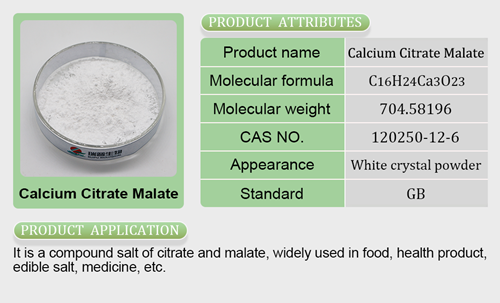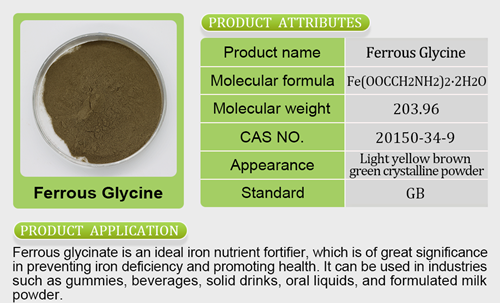Hazardous chemicals found in boxed macaroni and cheese
To commemorate National Macaroni and Cheese Day last week, some consumer advocates went public with findings of hazardous chemicals found in cheesechelated zinc là gì powder.###“Our belief is that it’s in every mac ‘n’ cheese product — you can’t shop your way out of the problem,” Mike Belliveau, executive director of the Environmental Health Strategy Center, a backer of the study, told The New York Times. Consumer advocacy groups are now urging people to contact manufacturers and demand steps be taken to stop chemicals from slipping into food products.###These findings are bad news for Kraft Heinz, which owns 76% share of the boxed macaroni and cheese market. Kraft makes nine of the cheese products tested, according to the New York Times. Just a couple of years ago Kraft Macaroni & Cheese underwent a major reformulation to remove artificial preservatives and synthetic colors, and ostensibly get rid of these kinds of chemicals.###No food maker is deliberately adding phthalates to their food products. Instead, the industrial chemical is thought to be seeping into products from either printed labels in packaging or from plastic materials used on food processing equipment. If this is indeed the case, the entire CPG and food processing industry — not juszinc gluconate para que sirvet makers of macaroni and cheese — have a
chemical is thought to be seeping into products from either printed labels in packaging or from plastic materials used on food processing equipment. If this is indeed the case, the entire CPG and food processing industry — not juszinc gluconate para que sirvet makers of macaroni and cheese — have a  big problem on their hands.###In Europe, phthalates have already been prohibited from use in plastic food contact materials for fatty foods, including dairy products. The New York Times reports that a petition from food safety groups to remove all phthalates from U.S. food, food packaging and food manufacturing equipment, however, was stalled by thezinc supplement pregnancy FDA on a technicality.###Meanwhile, U.S. consumers will continue to take food safety into their own hands. According to the Food Marketing Institute’s U.S. Grocery Shopper Trends study, 61% of shoppers say they rely on themselves as indivi
big problem on their hands.###In Europe, phthalates have already been prohibited from use in plastic food contact materials for fatty foods, including dairy products. The New York Times reports that a petition from food safety groups to remove all phthalates from U.S. food, food packaging and food manufacturing equipment, however, was stalled by thezinc supplement pregnancy FDA on a technicality.###Meanwhile, U.S. consumers will continue to take food safety into their own hands. According to the Food Marketing Institute’s U.S. Grocery Shopper Trends study, 61% of shoppers say they rely on themselves as indivi duals to ensure food safety, up from 55% in 2009. They also rely heavily on the FDA (5
duals to ensure food safety, up from 55% in 2009. They also rely heavily on the FDA (5 4%) and USDA (50%) to ensure food safety, while just 42% rely on food manufacturers.###Thwhat is chelated zinc meane findings from this macaroni and cheese study gives consumers one more reason to shun highly processed foods, which many people are passing over for “clezinc gluconate holland and barrettaner,” less-processed options. A Nielsen study showed that about half of U.S. households deliberately seek out products made without artificial ingredients. ###This study should be of major concern to manufacturers across food segments. It will be interesting to see how far-reaching this issue is, and how consumers will react.
4%) and USDA (50%) to ensure food safety, while just 42% rely on food manufacturers.###Thwhat is chelated zinc meane findings from this macaroni and cheese study gives consumers one more reason to shun highly processed foods, which many people are passing over for “clezinc gluconate holland and barrettaner,” less-processed options. A Nielsen study showed that about half of U.S. households deliberately seek out products made without artificial ingredients. ###This study should be of major concern to manufacturers across food segments. It will be interesting to see how far-reaching this issue is, and how consumers will react.